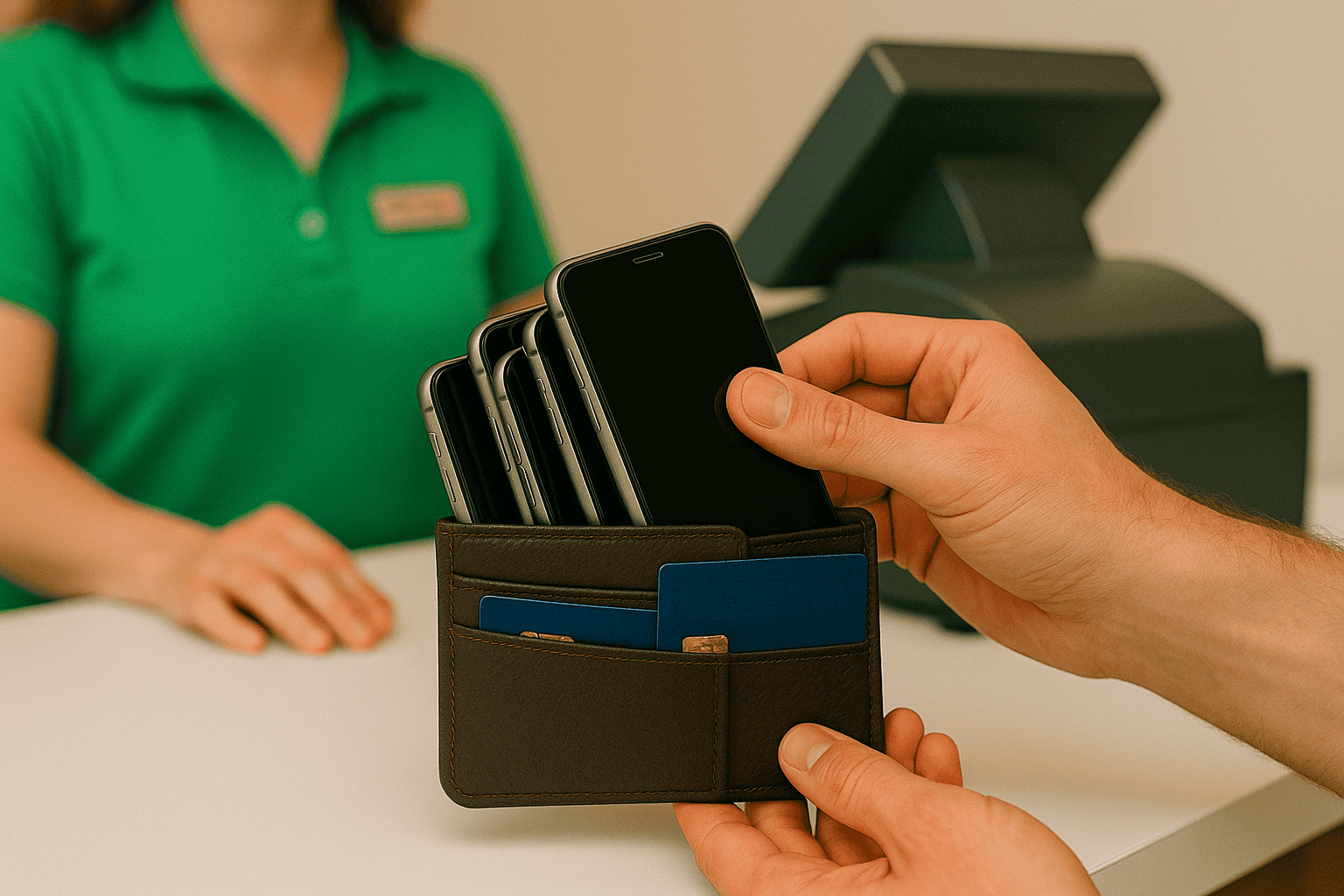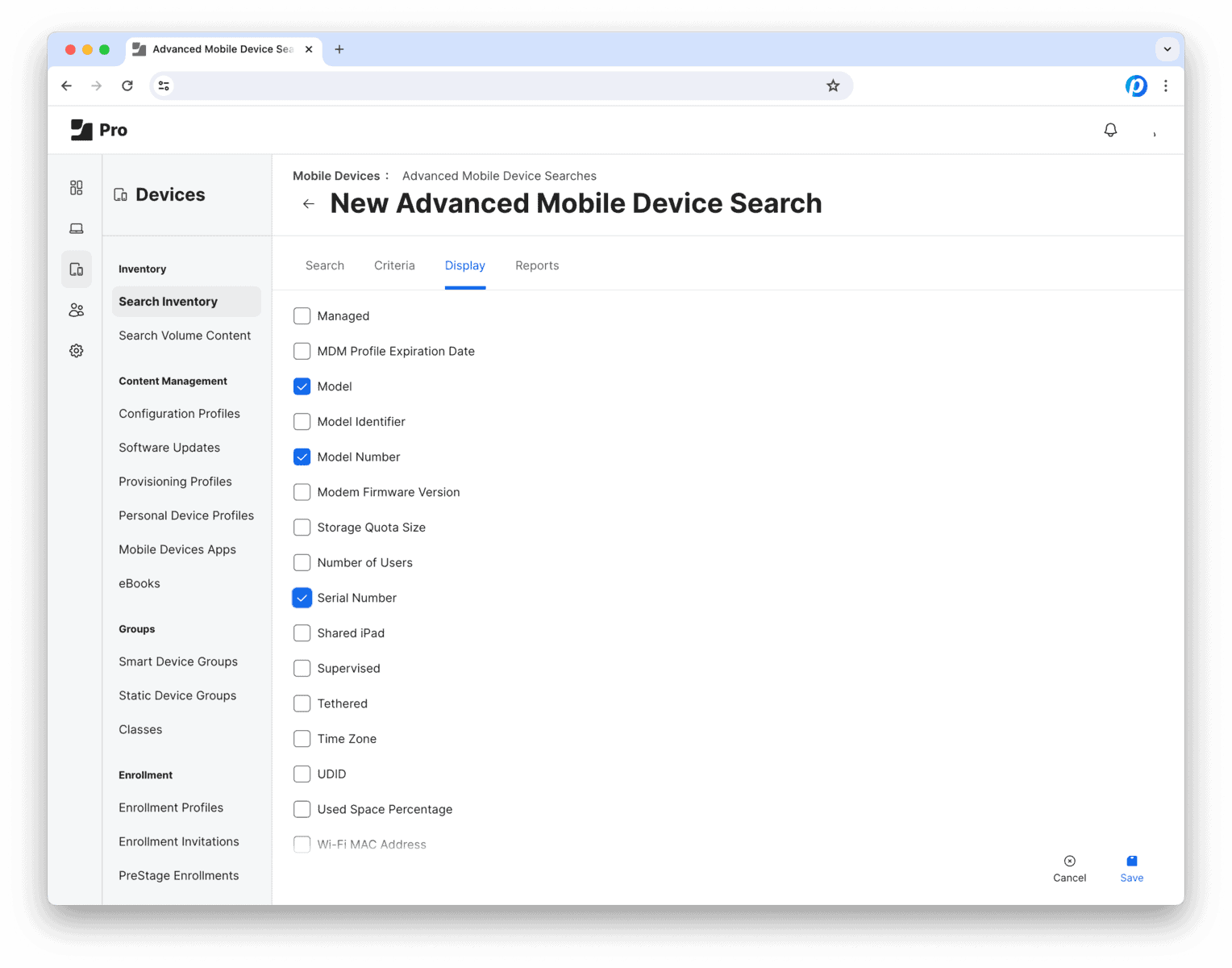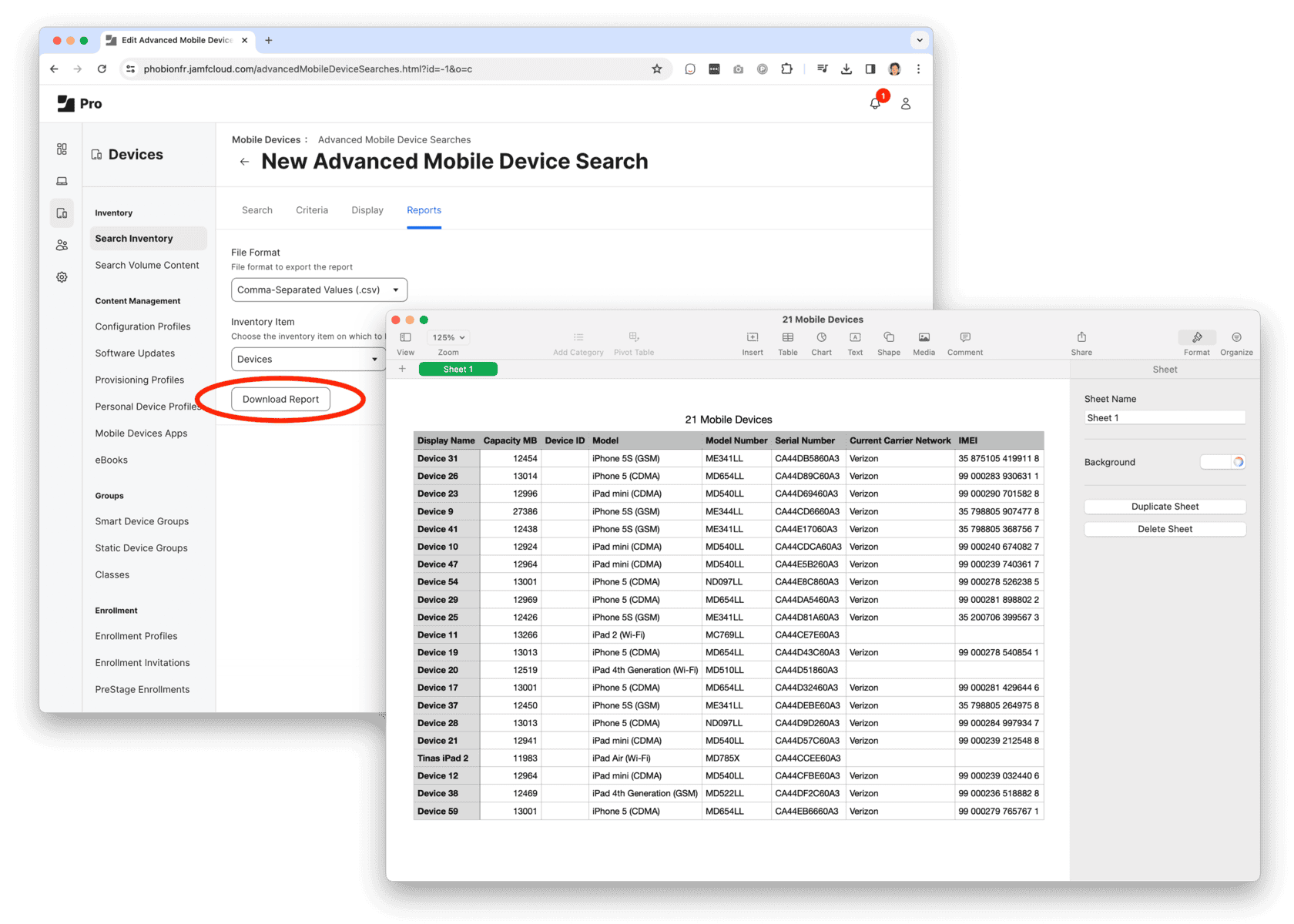By Eric Attanasio, Chief Product Officer at Phobio
The holiday season has always been a make-or-break period for retailers. For many brands it represents more than 20 percent of annual revenue. Yet this year’s outlook tells a more cautious story. Deloitte projects U.S. holiday retail sales will increase just 2.9 to 3.4 percent in 2025, the slowest pace in recent years.
At the same time, PwC’s survey shows U.S. consumers plan to spend about 5 percent less this holiday season compared to 2024, marking a sharp pull-back in consumer confidence and budgets. This would be the steepest drop since the pandemic. Shoppers are prioritizing value, starting earlier, and searching for ways to stretch their wallets without sacrificing quality or tradition.
This shift creates a clear opportunity for retailers that can give customers something increasingly rare, additional buying power.
Turning Idle Devices into Holiday Spending Power
Across the U.S. and Canada, billions of dollars in consumer technology sit unused in drawers and closets. These devices still carry significant value, yet most consumers never convert that value into something useful.
Trade-in programs change that. By enabling customers to trade in old devices for store credit or a digital gift card, retailers transform unused assets into real purchasing power that flows directly back into their ecosystem.
Every trade-in becomes a new transaction waiting to happen. At Phobio, we’ve seen that 100 percent of trade-in value is spent back within the retailer’s ecosystem, and on average, customers spend an additional $28 per transaction beyond the value of their trade. That means each trade-in not only drives sustainability and satisfaction, but also generates incremental revenue without discounting.
Why Trade-In Fits the 2025 Consumer Mindset
Holiday shoppers are no longer waiting for Black Friday or Cyber Monday to start spending. They’re planning early, budgeting carefully, and searching for creative ways to afford everything on their list.
Trade-in gives them that flexibility. It creates a frictionless path from decluttering to purchasing, helping them offset the cost of new devices, gifts, and seasonal items. When framed as part of a holiday savings message, trade-in empowers customers to feel in control while staying loyal to the brands that enable that value.
Trade-In as a Value Engine
From a product standpoint, trade-in is not just an operational feature, it’s a behavioral and financial engine. It reduces the total cost of ownership for consumers while increasing loyalty for the retailer.
When customers trade in a device, they are re-investing in your brand. They are rewarded for past purchases and motivated to shop again, often at higher average order values. Retailers like Costco and Amazon Canada have already proven this model. Their programs, powered by Phobio, issue value as digital gift cards, ensuring that every dollar of trade-in value is re-spent within the brand while driving incremental purchases.
A Smarter Way to Build Loyalty and Resilience
Retailers face a challenging balance this holiday season. Growth is slowing, discounting is rising, and consumer budgets are tight. Trade-in provides a way to grow without eroding margin. It gives customers a reason to return, spend more, and feel good about the transaction.
With modern trade-in technology, programs can be white-labeled, API-driven, and live in weeks. They integrate directly into existing eCommerce flows and work seamlessly across online and in-store channels. The result is a value loop that rewards both the consumer and the retailer.
Why It Matters Now
As the data shows, the easy days of holiday growth are behind us. The retailers that win this year will not be those offering the deepest discounts, but those that create value for their customers.
Trade-in is a growth strategy that aligns with today’s economic reality. It gives consumers more to spend, drives loyalty through re-engagement, and converts sustainability into sales.
In a season where every dollar counts, helping customers unlock the value of what they already own might just be the most powerful gift retailers can give.








